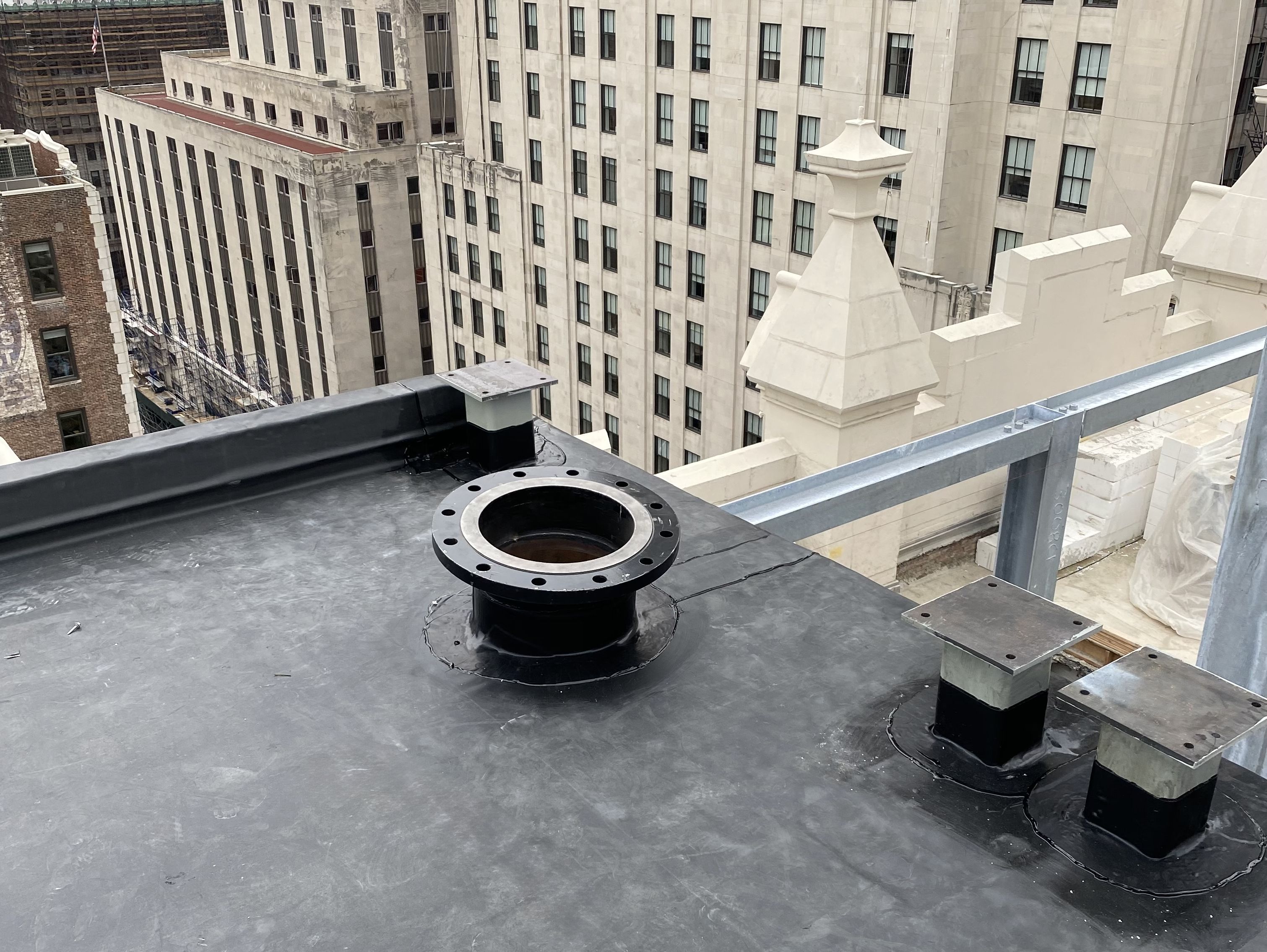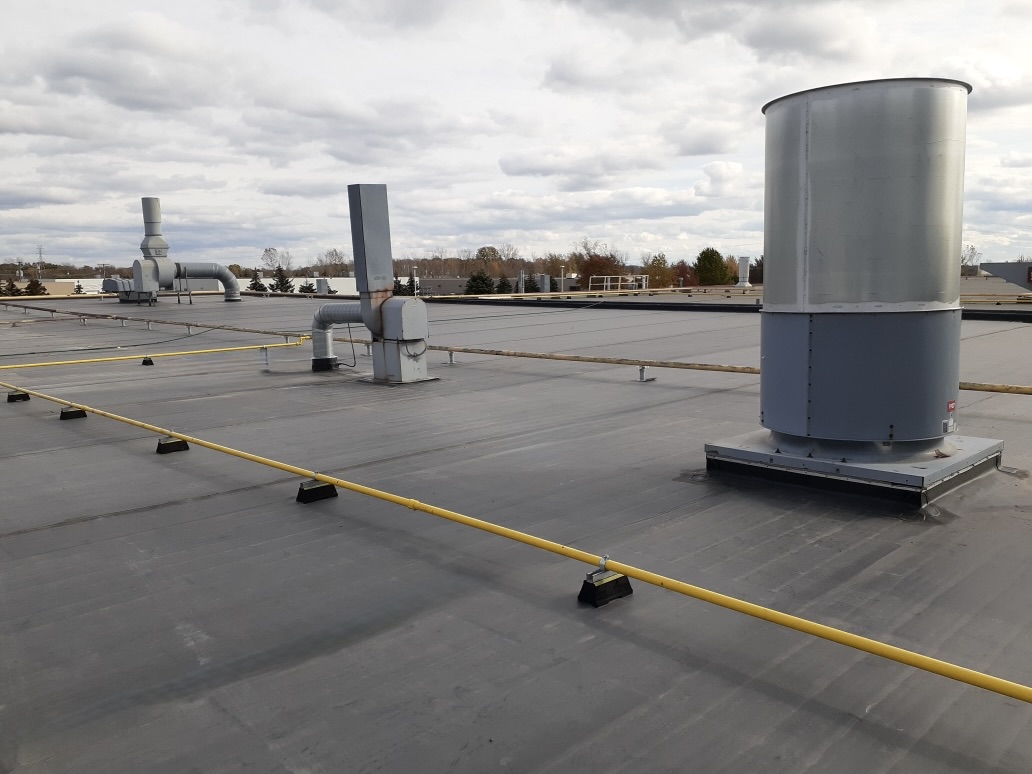

- Material Composition: EPDM is a rubber-based material made from ethylene, propylene, and a diene component. It's known for its flexibility and durability in extreme weather conditions.
- Color: Typically black or dark-colored, though white or light-colored options are available in some markets.
- Advantages:
- Durability: EPDM is highly durable and can last 20-30 years or more when properly maintained. It's resistant to extreme temperatures, ozone, and UV radiation.
- Flexibility: It remains flexible in cold weather, making it ideal for regions with temperature fluctuations.
- Low Maintenance: EPDM requires minimal maintenance and is resistant to punctures and tears, especially when compared to TPO.
- Energy Efficiency: While not as reflective as TPO or PVC, EPDM's black color can help reduce heating costs in colder climates by absorbing heat.
- Disadvantages:
- Heat Absorption: The black color of traditional EPDM absorbs heat, which can lead to higher cooling costs in hot climates but beneficial towards lower heating costs in colder climates.
- Seam Issues: EPDM membranes are typically seamed with adhesives or tape, which can be prone to failure over time. Mechanical fastening systems may offer more durability.
- Appearance: The darker color can be less aesthetically pleasing in some settings, and it may contribute to higher energy costs in warmer climates.
